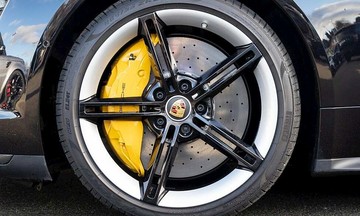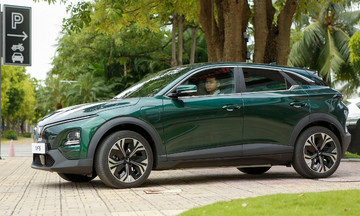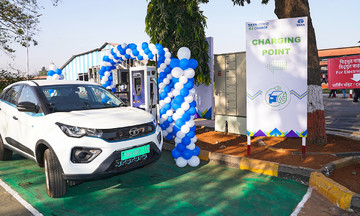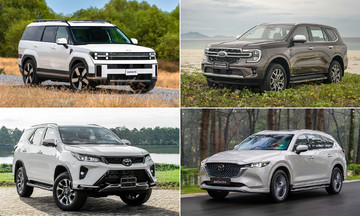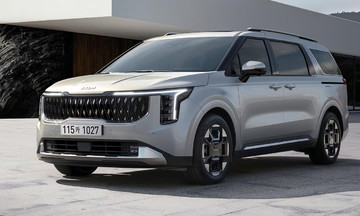Despite a strong ban on older, polluting vehicles and ambitious policy goals, electric vehicle sales in Delhi have fallen sharply. This shift exposes major flaws in policy implementation, financial planning, and public trust, turning a success story into a cautionary tale.
From leader to laggard in just 18 months
In 12/2023, EVs represented nearly 20% of new vehicle registrations in Delhi. With a 19.5% market share, the city became a model for other Indian states. But by 7/2025, that number had dropped to just 4.8%. Only 3,425 EVs were sold out of 67,000 new vehicles, despite a ban on diesel and petrol vehicles older than 10 and 15 years, respectively.
What caused the reversal? The key turning point was the termination of EV purchase subsidies in 1/2024. Initially implemented under the 2020 Delhi Electric Vehicle Policy, these cash incentives made EVs affordable and attractive. But with the subsidy program halted and no clear communication from the government, interest in EVs dissipated.
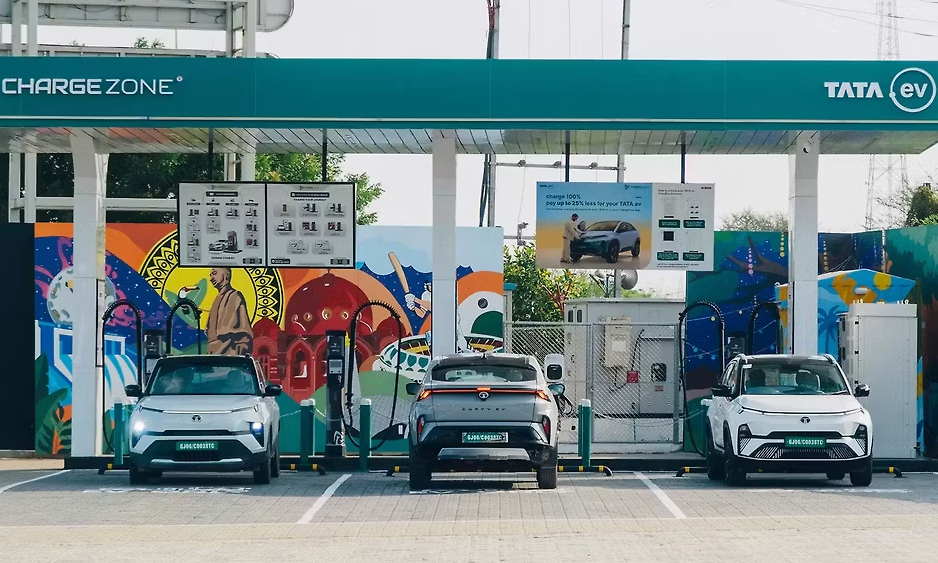 |
A Tata electric vehicle charging station. Photo: Carwale |
A Tata electric vehicle charging station. Photo: Carwale
Cash crunch and policy paralysis
The subsidy package once made EVs price-competitive. Two-wheelers received 5,000 rupees (57 USD) per kWh of battery capacity, up to a maximum of 30,000 rupees (340 USD) per vehicle. E-rickshaws and electric vehicles for captive fleets received a fixed 30,000 Rupees, and e-cycles received a 25% discount, up to 5,500 Rupees. These subsidies often tipped the financial scales in favor of EVs.
When the BJP party came to power, many expected the subsidy program to be renewed or expanded. Instead, the government extended the validity of the EV policy without reinstating the financial incentives.
Furthermore, 5.5 million USD in unpaid subsidies remain owed to those who purchased EVs with the expectation of receiving them. This further eroded public trust.
Buyers flock to other states
Delhi's withdrawal of EV incentives occurred while neighboring states continued to offer attractive EV policies. For example, in Uttar Pradesh, transport officials stated that EV prices were up to 3,400 USD cheaper thanks to local subsidies. This has led to a trend of Delhi residents registering their EVs in towns like Ghaziabad and Gautam Budh Nagar in Uttar Pradesh.
This cross-border shift not only undermines Delhi's EV goals but also demonstrates how interstate competition for incentives can reshape consumer behavior. With Maharashtra, Gujarat, and even Uttar Pradesh maintaining or expanding their EV policies, Delhi's lack of action has put the city at a disadvantage.
The consequences extend beyond lost registrations. Manufacturers who had geared their EV lines for Delhi's once-promising market now face declining sales and uncertain demand forecasts. Many manufacturers who priced their products based on subsidy assumptions are now reconsidering their strategies.
Policy delays and missed opportunities
Delhi failed to meet its target of 25% EV adoption by 2024, with the actual rate below 5%. Delhi once had its highest EV adoption rate in 3/2022, reaching 12.5% in a single month.
Moreover, the city's stringent ban on older vehicles should have created a natural opportunity for EV adoption. However, buyers opted for new petrol or diesel vehicles, unwilling to take a chance on EVs without subsidies.
Even procedural hurdles impacted adoption. Buyers were required to link their Aadhaar number (biometric personal identification number) with mobile and bank accounts to receive subsidies, a step that caused confusion and delays. Many eligible consumers didn't complete the process or assumed the program had ended.
A draft Electric Vehicle Policy 2.0 is still under development, promising a more structured approach. Proposals include subsidies of up to 36,000 rupees (410 USD) for women purchasing electric two-wheelers and 10,000 rupees (114 USD) per kWh, up to 30,000 rupees (340 USD) for others. However, the delay in finalizing the policy only prolongs the uncertainty.
Can Delhi regain its EV momentum?
The broader consequences extend beyond sales figures. Delhi continues to face some of the worst air quality globally, with vehicle emissions a significant contributor. EV policy is not merely about technology; it's part of a larger battle for clean air and healthy urban living.
Delhi now risks losing its leadership in electric mobility. Other states are forging ahead with solid incentives, robust policy frameworks, and public engagement. Meanwhile, Delhi is stuck in a state of inertia, with unclear plans and eroding market confidence.
Recovering from this setback will require more than simply reinstating old subsidies. Delhi will need coordinated action, setting clear timelines for Electric Vehicle Policy 2.0, promptly disbursing outstanding dues, simplifying the subsidy disbursement mechanism, and making a sustained commitment to clean mobility.
Without these changes, Delhi's experience may serve as a lesson in how quickly momentum can be lost and how difficult it can be to regain.
My Anh (according to Cartoq)






